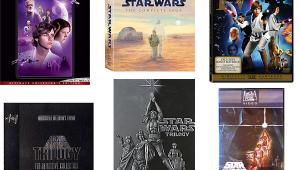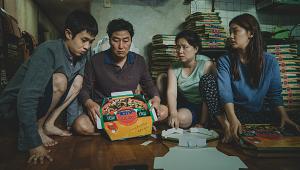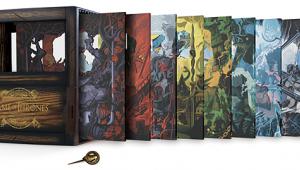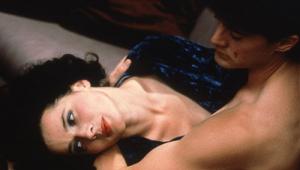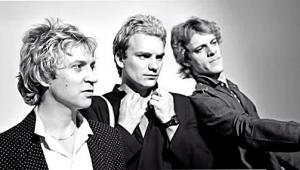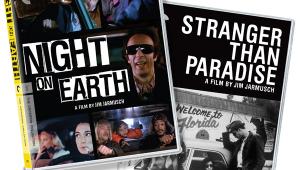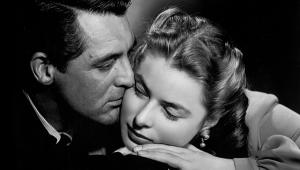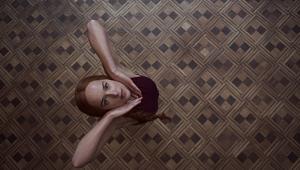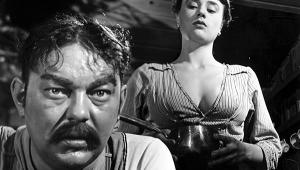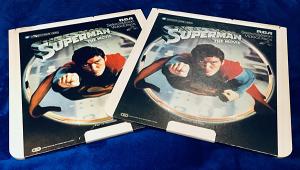Dragon Slayer: The Girl With the Dragon Tattoo
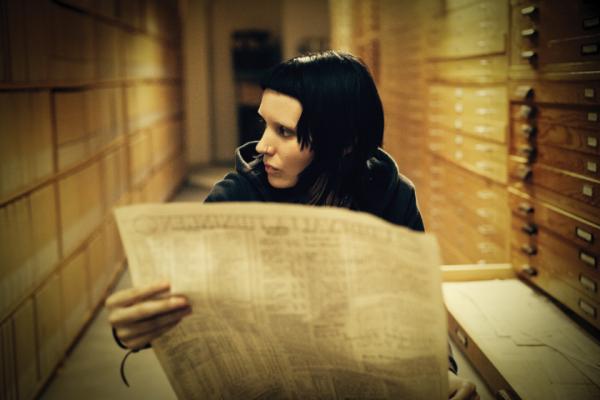
Not so much The Da Vinci Code meets Se7en but more The Bourne Identity meets Run Lola Run, director David Fincher's scene-by-scene remake of the original 2009 Swedish adaptation of the first part of novelist Stieg Larsson's Millennium Trilogy is as if the original film had taken steroids. It's tight, tense, stylish, and very involving.
The film tells of disgraced investigative journalist Mikael Blomkvist (Daniel Craig), newly washed-up after being sued into submission for slandering a powerful public figure, who's hired by industrialist Henrik Vanger (Christopher Plummer) to look into the disappearance of his 16-year-old niece, Harriet. "I sat down to dinner. It was then that I noticed that Harriet wasn't there. She wasn't there the next morning, or the next, or the next 40 years." Enlisted to help in his investigation of the sinister Vanger family is skinny, anarchic, pierced-punk bisexual hacker-researcher Lisbeth Salander (the Oscar-nominated Rooney Mara), the titular girl with said dragon tattoo. Soon the pair are sleuthing around - Lisbeth on the Internet, in the computers of suspects, and in the family's industrial company records; Blomkvist going from relative to relative on the island that the very large family inhabits. Gradually cutting through evasions and bureaucratic BS, they uncover the fascism, brutality, corruption, and misogyny beneath the supposed model welfare state we think of as Sweden. They discover that in actuality it's a country where morality is always questionable and relationships are usually exploitative.
Although the film is exceedingly faithful to the Swedish production, it has a very different look and feel. Right from the impressive opening credits, the visuals dazzle with bondage-leathered and chocolate-sauce-covered faces exploding and melding into one another over strikingly powerful music. (It's not unlike the credit sequence of a Bond film.) Excellent contrast in the very clear AVC-encoded picture produces deep black suits and bright white Swedish snow and antiseptic interiors. Scenes with Lisbeth, corporate environments, and homes of the powerful family members are very cold with a blue wash. Sharp edges are everywhere and all is intensely crisp in exceedingly balanced and symmetrical compositions with abstracting grids of horizontal and vertical bands. Scenes with decent, humanist Blomkvist are warmer, softer, and yellow-tinted. Both kinds of 2.35:1 images are bright and clear, The investigation is all about the details in photographs, documents, and license plate numbers, and they're all highly visible. Lines on the faces of older family members whom Blomkvist interviews, strands of his mohair pullover, and text all stand out crisply and distinctly. Spaces have a dimensionality, and the figures and faces in them have a real volume and solidity.
The score by Trent Reznor (Nine Inch Nails, How to Destroy Angels) and Atticus Ross (How to Destroy Angels) is great, in-your-face, throbbing, aggressive, penetrating, Euro-metal electronica with noises and sounds orchestrated into the rhythms to ratchet up tension. Loud and pumped-up powerful drumming is well separated across the front three channels while dissonant synthesized crackling surges from the surrounds. The gripping music never lets you off the hook, continuously emphasizing emotions such as the very bassy, dread-inducing rumbling in the rape and torture scenes, not allowing tension to dissipate too much, even at the end of a scene. The DTS-HD Master Audio 5.1 soundtrack is generally very open and immersive with atmospheric rain, wind, and even the sound of a doors closing all very crisp, full, and natural. The mix is exceedingly tasty, effects and instrumentation well separated but unifying to immerse you so that a scene in the subway makes you feel like you're actually in the station. Beats bounce and echo between channels nicely, thrilling pans are supplied by Lisbeth snarling around on her motorbike, and at one moment a train rumbling by behind you transforms magically into the booming pound of dance-club sounds in the next scene. Dialogue is generally clear but some words are lost - probably more from faked accents than the very full mix.
The three-disc set contains DVD and Ultraviolet digital copies of the film, a full Blu-ray disc of extras, and the Blu-ray version of the film with optional director's commentary. In the latter, Fincher talks intelligently and entertainingly about all aspects of the production, pointing out elements that might otherwise be unnoticed and relating situation-setting anecdotes that give a sense of the day-to-day experience.
The 4 hours of behind-the-camera featurettes in high-def are much more real and revealing than you usually get. They're not at all over-edited, slick, or self-promotional, instead letting you see what actually goes on during a shoot. There's 45 minutes of location shooting - very everyday, down-and-dirty footage showing the physical process of setting up cameras, tightening nuts and bolts, making way for trains and the frequent sudden bursts of rain. You get to see the rehearsing and shooting of multiple takes of the same shot giving a sense of how a scene is molded. A 40-minute overview of the film goes into the story, casting (including a fascinating screen test in which the actor improves on every take because of Fincher's direction), and the working out of technically challenging or sexually sensitive sequences. There's a 90-minute section focusing on the three main characters, with Mara, Craig, and Stellan Skarsgård (who portrays the chilling Martin Vanger) talking about them and their own acting. Mara also explains the difficulties she had in getting the role that every young Hollywood actress wanted and then having to transform herself into Lisbeth - including getting real tattoos and piercings and losing considerable weight - and we also see the process behind the designing of that startling look.
Thirty minutes are given over to post-production, covering the editing, the actors' dialogue looping, and the title credit sequence. A fascinating montage shows how digital manipulation is used not just to create special effects but to "paint" in blood, backgrounds, colors of cars and cats, and to add actors' heads onto stunt doubles' bodies. Finally, there are galleries of storyboards and set designs and a collection of the various elements used in the promotion of the film, such as a fake episode of the TV show Hard Copy (with optional commentary), a demonstration of the process of creating the poster, and trailers.
I'd have preferred if each section wasn't chopped into so many mini-featurettes that need to be constantly navigated through, but the content is all very meaty, interesting, and informative without ever being puffy, sycophantic, or self-congratulatory. All in all, it's a model of what featurette extras should be.


